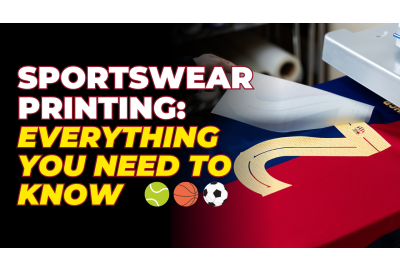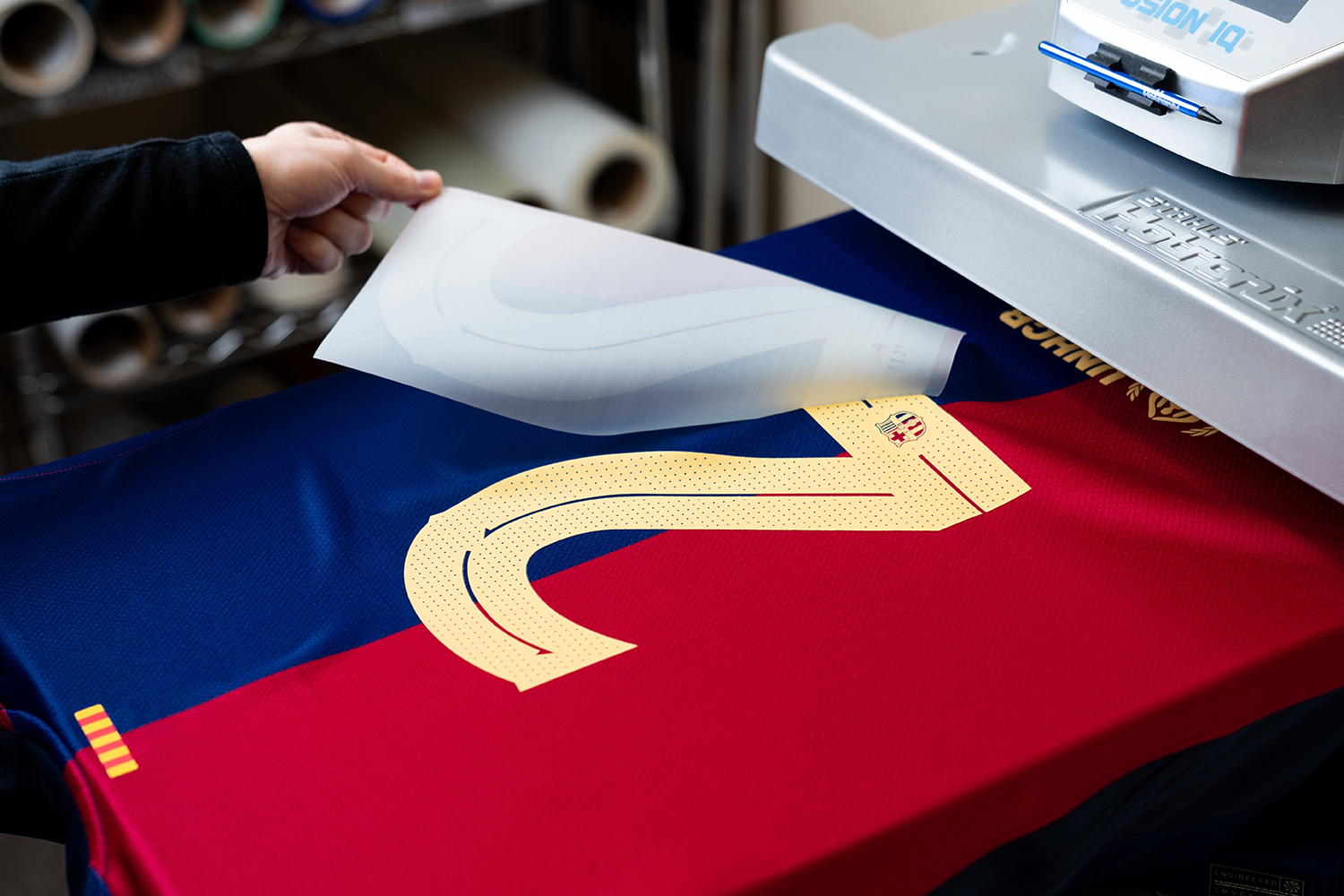Heat Printing On Sportswear: What You Need To Know
Heat Printing On Sportswear: What You Need To Know
Heat printing has revolutionized the way sportswear is customized, offering a durable, vibrant, and efficient method for adding team logos, player names, numbers, and designs onto athletic apparel. This technique involves using heat and pressure to transfer graphics onto fabric, ensuring a professional and long-lasting finish. Whether for professional teams, local clubs, or personal fitness gear, heat printing provides flexibility in design while maintaining the integrity and performance of sportswear.
With advancements in heat transfer vinyl (HTV), sublimation, and digital heat transfer printing, this method is now more versatile than ever, allowing for high-quality prints on a variety of materials, including polyester, spandex, and moisture-wicking fabrics. In this blog, we will explore the different heat printing techniques, the best materials to use, and essential tips for achieving perfect results every time.
Most modern sportswear is made from polyester, a synthetic fabric prized for its lightweight feel, durability, moisture-wicking properties, and ability to keep athletes cool and dry. However, while polyester is an ideal choice for performance wear, it presents unique challenges when it comes to heat printing due to its heat-sensitive nature.
Scorching
Polyester fibers can scorch, or discolour under high temperatures, making it essential to use the right heat transfer methods and materials. Unlike cotton, which can withstand higher heat, polyester requires lower temperature settings and specialized heat transfer techniques to prevent damage.
Additionally, polyester fabrics often feature coatings or blends with spandex, further increasing their sensitivity to heat and the possibility of dye migration.
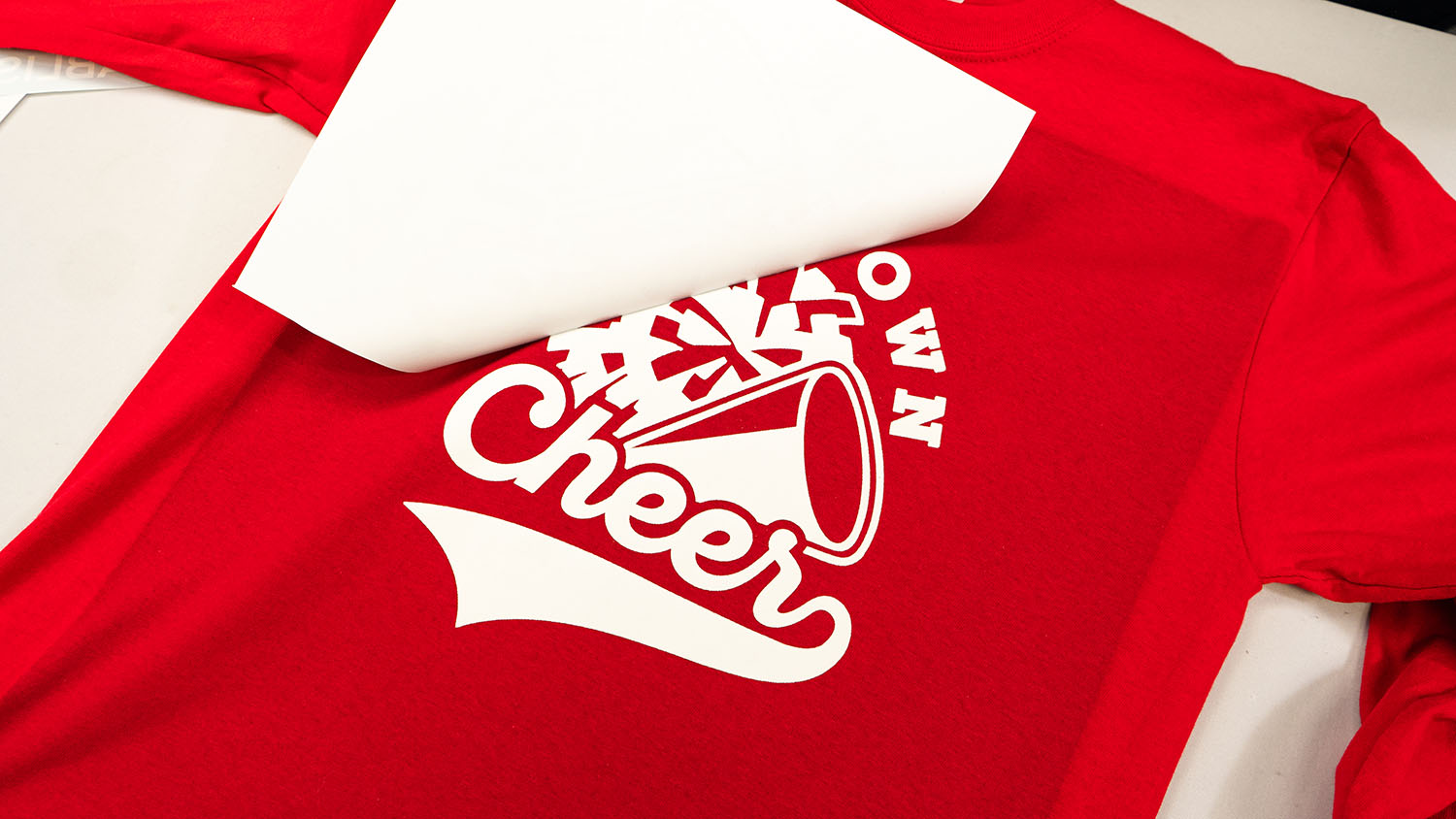

Dye Migration
Dye migration occurs when the dyes in polyester fabric sublimate (turn into gas) under heat and bleed into the applied design, causing unwanted discoloration. This is especially common in dark and vibrant polyester fabrics because they require more dye during manufacturing. The most problematic colors for dye migration include:
Deep & Dark Colors:
- Red (especially bright or deep reds)
- Maroon/Burgundy
Neon & Bright Colors:
- Bright Orange
- Hot Pink
- Yellow (some shades, depending on the dye used)
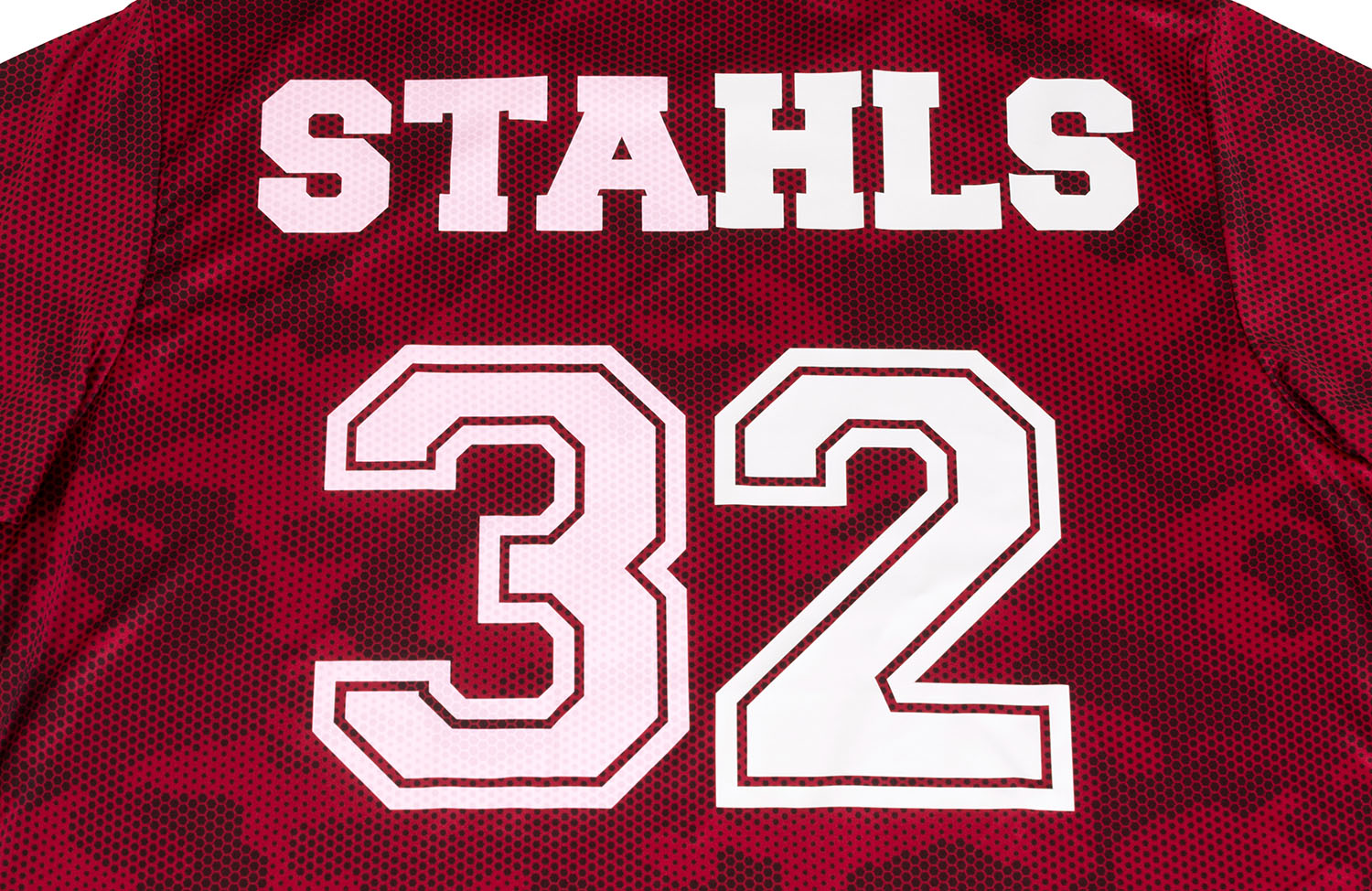

Stretch
Stretch is a crucial feature in all sportswear because it allows for unrestricted movement, enabling athletes to perform dynamic actions like running, jumping, and stretching with ease.
It also enhances comfort and fit, as flexible fabrics conform to the body without feeling too tight or restrictive. Additionally, stretchy materials help with shape retention, preventing garments from becoming loose or saggy after repeated wear. Many sportswear fabrics incorporate compression technology, which supports muscles, improves circulation, and reduces fatigue. Not only does the fabric that the garment is made from need to stretch, but the decoration method too. Failure to include this can result in the decoration cracking, ripping or tearing.
Overall, incorporating stretch into sportswear ensures durability, performance, and long-lasting comfort for athletes and fitness enthusiasts alike.
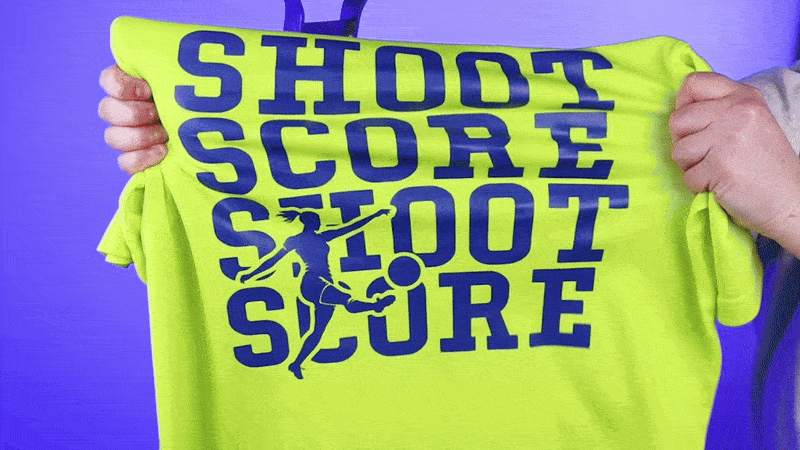

To successfully print on polyester sportswear without scorching, decorators must use low-temperature heat applied material that is designed to bond effectively without compromising the fabric’s integrity. Understanding these factors ensures high-quality, long-lasting designs that maintain the performance and comfort of the sportswear.
To successfully print on polyester without experiencing visible dye migration, decorators must use a heat applied material that is designed to block the dye from seeping through.
The Solution
UltraColour PRO heat transfers are an excellent choice for sportswear because they offer vibrant, durable, and stretch-friendly prints that work well on performance fabrics. Here’s why they stand out:
1. Low-Temperature Application
UltraColour PRO transfers are applied at 125°C (below the scorch line) reducing the risk of scorching, dye migration, or fabric damage—especially on heat-sensitive polyester sportswear.
2. High Stretch & Flexibility
Designed for performance fabrics, these transfers stretch and recover with the garment, ensuring comfort and durability even during intense movement.
3. Available in a Subli-Blocking Option
The built-in Subli Blocker layer acts as a barrier, stopping the fabric's dye from bleeding into the design, keeping prints crisp and vibrant.
4. Vibrant, Full-Colour Prints
With no color limits, UltraColour PRO produces sharp, detailed, and vibrant prints, making them ideal for team logos, sponsors, and personalized designs on sportswear.
5. Breathable & Lightweight
Unlike thick heat transfers, UltraColour PRO is flexible and soft, ensuring that printed designs don’t feel heavy or restrictive—perfect for moisture-wicking and breathable sportswear.
6. Durability & Wash Resistance
These transfers withstand over 75+ washes without cracking, peeling, or fading, making them ideal for high-performance apparel that endures frequent wear and washing.
For sports teams, fitness brands, and custom activewear, UltraColour PRO heat transfers provide a premium, long-lasting solution that maintains both style and performance on technical fabrics.

